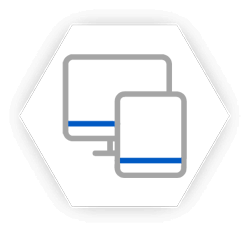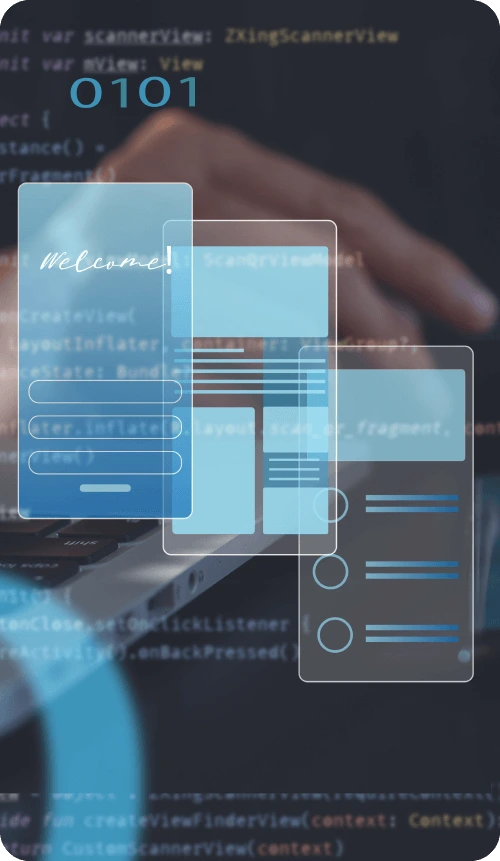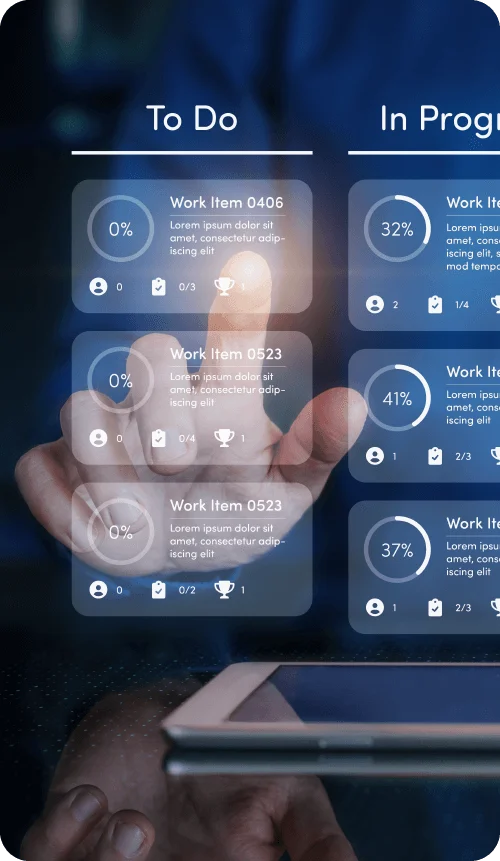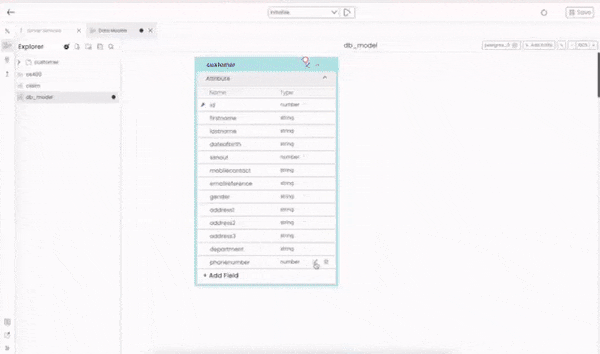Neutrinos Infinity Composer
Data Modelling
- Multi data source definition
- Customized modelling
- Visual model definition
- Automatic service creation
- Model-to-UI
Automation
- Workflow / state definer
- Rules configuration
- Scheduler / data sync
- Service orchestration
- Microservice builder
Multi-experience
- Canvas UI framework
- Mobile Responsive UI
- Native device plug-in
- Dashboard plug-ins
- Client-side app framework
- Offline applications
- Progressive web applications
Product Tooling
- Developer sandbox
- WYSIWYG developer tools
- Figma to UI
- Dependency management
- Service to UI
- Test automation
Deep learning services
- Voice Processing
- Video / Vision Processing
- Document Recognition
- Document Processing
- Sentiment Classification
- Text Classification
Neutrinos Store
Prebuilt Insurance Connectors

Private Digital Store
Insurance Application Framework
UI Widgets
Core Services
Platform core services for enterprises
Security
Internationalization
Collaboration
Governance

Payment Gateway
Neutrinos Trinity
Traceability
Business Observability
DEV-ops & CI/CD







